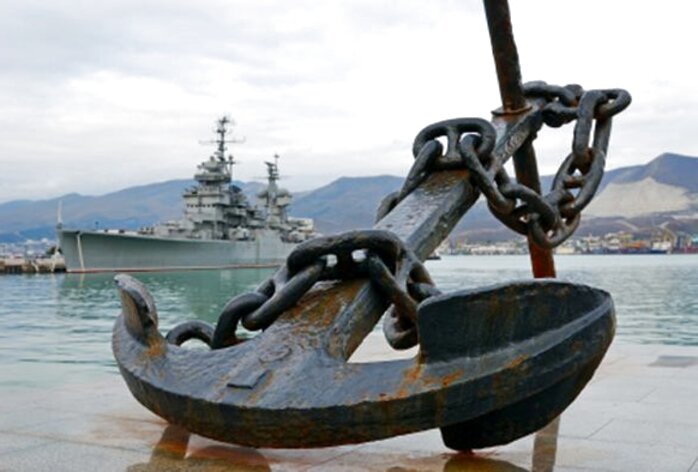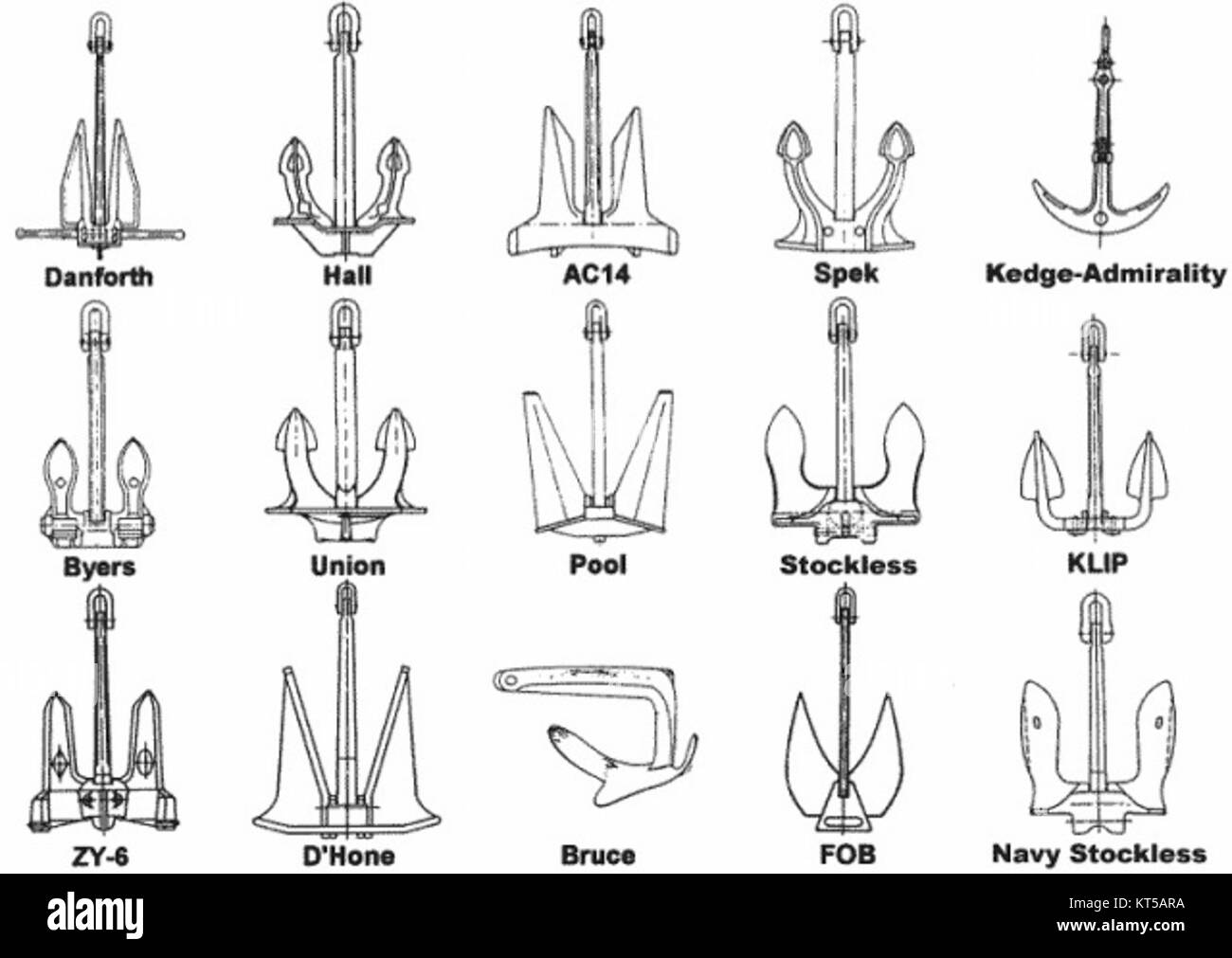Table Of Content

If you have ever watched Titanic, you are familiar with the epic scene of Rose climbing the front of the ship supported by Jack and stretching her arms out as the wind rushes through her hair. Anchors need to be regularly maintained to ensure that they are in good working order. The chain should be inspected for any damage, and the anchor should be cleaned and lubricated.
Depth Markings
These links are massive in scale, and they need to be constructed of high-tensile, high-strength steel. While cruise ships typically have various tools such as bow thrusters, propellers and Azipods or rudders, there are occasions where an anchor can be useful. Some of the biggest cruise ships are 2 to 2.5 times bigger, and the anchor and chains would be proportionally larger too. However, the weight of the chains is far heavier and much more of a factor in holding a ship’s position when it’s anchored offshore. Most cruise ships have two anchors, one port side and one starboard side at the front of the ship, although they are not often deployed at the same time. Some cruise ports have local laws prohibiting the use of anchors to protect coral reefs.
Cruise Ship Anchors (Sometimes) Have New Lives!
Burning fuel influences the ecosystem even though it doesn’t affect coral reefs like the anchor does. Not only does this make it possible to put the chain together, it also makes it possible to remove damaged or corroded links within the chain without completely replacing the entire anchor chain. So, if the water is 25 meters deep, you’ll need approximately 100 to 125 meters of chain. The length of the chain can vary due to wind and currents, and sometimes it’s necessary to let out more chain or shorten it.
Search
Steel is the only suitable choice, as it offers the durability and strength required to withstand such immense forces. The high-strength steel alloys used to make these enormous anchor chains are also resistant to corrosion caused by lengthy exposure to saltwater. Today, we will take an in-depth look at cruise ship anchor chains. While it may seem like a relatively simple piece of equipment, a cruise ship’s anchor is a marvel of modern engineering. Modern technology has reduced the need for anchors but hasn’t completely eliminated it.
After all, only in the case of Wagner’s opera Der fliegende Holländer (the “Flying Dutchman”) is the ship cursed to sail the seas indefinitely. But, at times, reaching a destination does not mean that the vessel is immediately able to enter the port to be moored to a berth. For many reasons, the vessel may be required to use an offshore anchorage, securing itself in one location for a period of time. Naval architects, engineers, and industry experts utilize methods such as calculations, computer simulations, and field testing to determine the optimal anchor weight. These methodologies ensure that the anchor can withstand strong currents, adverse weather conditions, and provide the necessary grip on various seabeds.
Furthermore, nobody wants to wake up at five in the morning to the sound of a freight train as the ship drops anchor. A contemporary cruise ship is not likely to lose its moorings. As a result, the second will serve as a backup in case the first breaks down for any reason. Large cruise ships utilize 3/8-inch thick chains, whereas smaller ships use 1/4-inch thick chains and medium-sized ships use 5/18-inch thick chains. To learn more about the anchor of a cruise ship, rather than just the chain that connects it to the ship, we recommend reading about how big a cruise ship anchor is. This straightforward guide explains how big these enormous anchors need to be and provides other helpful information on how modern anchors work.
There are a variety of different types of cruise ship anchors, each with its own advantages and disadvantages. The most common type of anchor is the fluke anchor, which has two or more flukes that dig into the seabed. Other types of anchors include the mushroom anchor, the claw anchor, and the drag anchor. But they’re not used in the same way as anchors on smaller boats. Instead, cruise ship anchors are used to keep the ships in place when they’re docked. Some cruise lines choose to use dynamic positioning systems, which use the ship’s engines to keep the ship idle, if there are no fixed mooring locations available.

Here’s a sample table to show you the correlation between the lengths of chains based on their anchors’ weight. When an anchor is lowered into the ocean, sufficient slack must be in the chain, which rests on the seabed. The slack provides a greater surface area of contact with the seabed, which absorbs more movement. Starboard hand refers to a buoy on the starboard side of a cruise ship. It is found either on the hull or outside the right side of a cruise ship. What is truly remarkable about a cruise ship is not the magnitude of its size but how the different parts work together, and we don’t just mean in the engine room.
What Happens When The Anchor Is Dropped?
Most of the time, however, the cruise ship uses only one anchor and keeps the other one for backup. Smaller vessels use 1/4 inch thick chains, medium ships use 5/18 inch chains, and the biggest cruise ships use 3/8 inch chains. Under normal conditions, the ship will swing on its anchor and will respond to currents, moving only within the circumscribed anchorage boundaries defined on the nautical chart.
American Cruise Lines dropping anchor in Charlotte Harbor on Dec. 25 - Wink News
American Cruise Lines dropping anchor in Charlotte Harbor on Dec. 25.
Posted: Fri, 22 Dec 2023 08:00:00 GMT [source]
I find all this info fascinating and am very grateful to John for helping me learn all the details. There are around 1,000 links in the chain, so the whole anchor chain will weigh around 50 tons. Of course, with smaller ships, the anchor and the chain will weigh less than this.
If the anchor cannot reach the seabed, it is serving no purpose and is simply a weight dangling from the ship into the sea. Although this would involve keeping the ship’s engine running, using lots of fuel and keeping the crew busy overseeing it all. Whenever the forces subside, the chain slackens, and some of it falls back on the seabed as the ship eases back toward the anchor. Assuming an average human weight of 80kg, an anchor weighing to kilos would be 125 to 168 times heavier. Cruise ship anchors can be 2 to 3 times an average human height of 5ft 9inches.
They are typically constructed from high-strength material such as steel, capable of withstanding the forces exerted by an enormous vessel. While it may seem pretty self-explanatory, a cruise ship anchor chain plays a complex and incredibly important role in ensuring the overall safety of a cruise ship voyage. These massive chains need to withstand the incredible forces exerted on the cruise ship’s anchor when the cruise ship is in the harbor. This case involves a cruise ship that frequently visits ports with unstable seabed conditions, such as areas with muddy or sandy bottoms. The anchor design takes into account the need for larger flukes and more surface area to obtain a firm grip. Consequently, the anchor weight is increased to 8 tons to provide the necessary stability and prevent anchor dragging in these challenging seabed conditions.
The collaboration between naval architects, engineers, and industry experts helps to achieve an optimal anchor weight that ensures the safety and stability of the cruise ship. It’s important to note that these factors are not mutually exclusive and often interrelated. A thorough analysis of these factors, along with other considerations such as ship design and intended usage, is required to determine the optimal weight for a cruise ship anchor.
There is a lot of machinery and chain involved in the anchoring process and if any were to become damaged or required maintenance the other anchor could be used. Considering that they’re meant to spend large amounts of time in the water, they use metals resistant to long-term corrosion damage. They may also be made from fiber-reinforced composites or polymers such as carbon fiber. The below table shows the correlation between anchor weight and chain length.
Guests tend to see only a small part of what is needed to run the cruise ship. Many locations are off-limits to guests and only accessible to crew members, so you probably don’t have a clue about what is going on below deck. But when you look at these components, you’ll be amazed at how a cruise ship operates. Cruise ship anchors can cost anywhere from a few thousand dollars to several hundred thousand dollars. Once the anchor is in the water, it is released and allowed to fall to the seabed. The anchor is then dug into the seabed by the force of the water flowing past it.

No comments:
Post a Comment